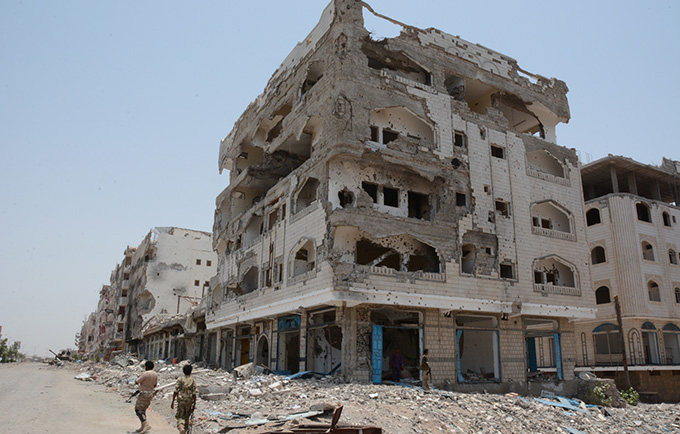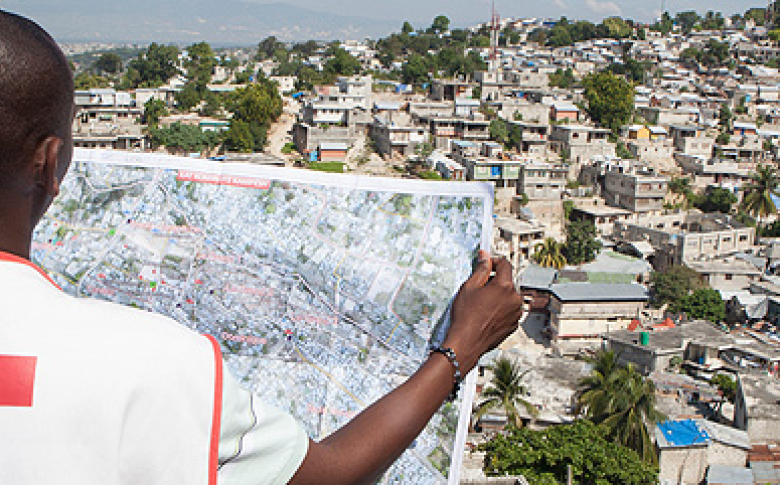
Partners and Projects for the Road Ahead

ETC network review operations and plan for 2020 at Plenary Meeting
Partnering and piloting for the road ahead was the overriding message from the second 2015 ETC Plenary Meeting, held at UNHCR headquarters in Geneva last month. With 43 participants from 26 different organisations, this session was the largest plenary meeting yet.
Humanitarian organisations Action Contre La Faim (ACF), Electriciens sans frontières and Inveneo attended for the first time, as well as signees of the newly launched satellite community Crisis Connectivity Charter.
Participants reviewed ETC operations in Nepal, Vanuatu, West Africa and Yemen, identifying communications challenges faced for the first time and how the ETC may need to evolve in order to meet the new normal. While the challenges and restrictions of responding in conflict - like Yemen for example - are not new, the solutions required to continue effectively operating in such environments will need to be. Through ETC2020 the ETC will improve and decentralise response readiness, strengthening the capacity of local communities to respond. New partners are being sought to support the ETC network to identify real solutions for managing these operations remotely.

To guide implementation of ETC2020 over the next five years, the planning team – comprising Ericsson Response, NetHope, Plan International, World Vision, Yahsat and World Food Programme (WFP) – developed an Implementation Roadmap, presented and endorsed during the meeting. The document outlines high-level deliverables and timelines, including the various Tactical Working Groups and Pilot Projects.
The ETC2020 strategy clearly states: ‘The ETC will not be afraid to experiment’. Delivering on this promise, ETC2020 projects are being developed for Haiti, Liberia, Nepal, and the Philippines, each piloting at least one of the four ETC2020 pillars. The project in the Philippines, being led by Ericsson Response, seeks to empower mobile network operators with the ability to rapidly recover connectivity and services after disaster to serve affected populations, government and the response community. These pilot projects were kick-started during the plenary meeting with participants committing to support development and implementation as well as advocate for new partners and additional support.
All that being said, and discussed, while the willingness and vision to be able to provide all those responding to emergencies with communications are in place, as of today, not yet the practicalities. The ETC Plenary meeting concluded then, with presentation of What If there is an Emergency Tomorrow.
What exactly the humanitarian environment will look like in 2020 no one really knows. We do know that communications will continue to be critical in emergencies and the ETC network seeks to ensure all those responding will have the services they need. With its roadmap in hand and pilot projects with new partners as the next destination, the ETC is continuing to pave the road ahead.
What exactly the humanitarian environment will look like in 2020 no one really knows. We do know that communications will continue to be critical in emergencies and the ETC network seeks to ensure all those responding, including local populations, will have the services they need. With its roadmap in hand and pilot projects with new partners as the next destination, the ETC is continuing to pave the road ahead.
By Mariko Hall, Global Emergency Telecommunications Cluster (ETC) cell